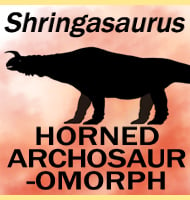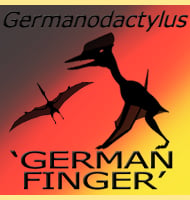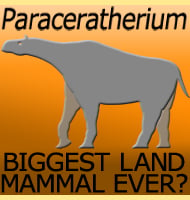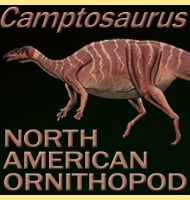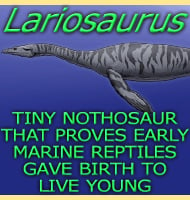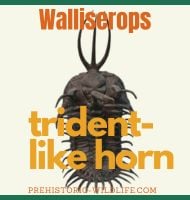In Depth
The problem with Lonchodectes is that the genus continues to be treated somewhat like a wastebasket with the most fragmentary remains being attributed to it, which explains the broad temporal range of Lonchodectes in the fossil record. The reason for this is mostly down to is taxonomic history with the first sets of remains being filed under Pterodactylus in 1851 by Richard Owen. Then in 1870, Harry Govier Seeley transferred the remains to Ornithocheirus, another pterosaur notorious for being known from poorly preserved fossil remains. Reginald Walter Hooley separated the remains that would become Lonchodectes in 1914, however in doing so he actually used the material that was referred to the type species of Ornitocheirus.
The result of all this is that even though fossil material continues to be attributed to the genus, Lonchodectes is not recognised as valid by all researchers, and even those that do often assign it as dubious. This also means that the classification of Lonchodectes amongst other pterosaurs is often a subject of debate.
Further Reading
– On the ornithosaurian genus Ornithocheirus, with a review of the specimens of the Cambridge Greensand in the Sedgwick Museum. – Annals and Magazine of Natural History 8:529-557. – R. W. Hooley – 1914. – A new pterosaur specimen from the Upper Tunbridge Wells Sand Formation (Cretaceous, Valanginian) of southern England and a review of Lonchodectes sagittirostris (Owen 1874), Stanislas Rigal, David M. Martill & Steven C. Sweetman. – In, New Perspectives on Pterosaur Palaeobiology. The Geological Society of London, D. W. E. Hone, M. P. Witton & D. M. Martill (eds.) – 2017. – Taxonomy of the Lonchodectidae (Pterosauria, Pterodactyloidea). – Proceedings of the Zoological Institute RAS. 324 (1): 41–55. – A. O. Averianov – 2020.

